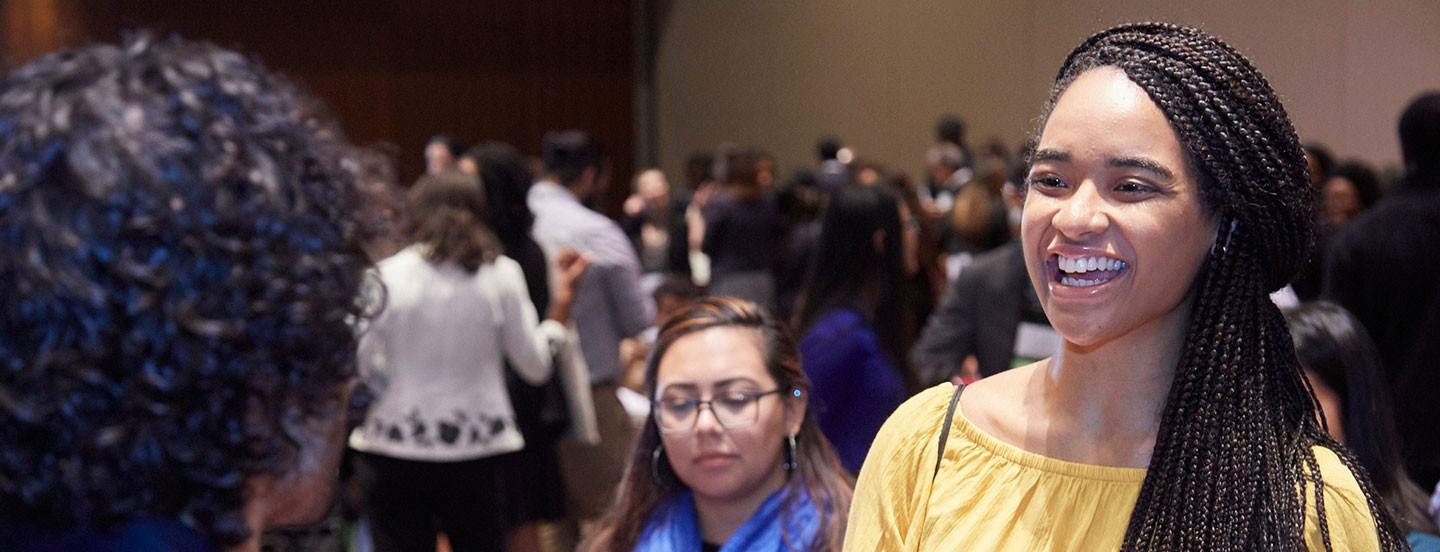
The Post Interview Process
Previously: Interviewing
By Dr. Chloe Poston, Associate Director, Leadership Alliance
Interviews for graduate programs are a great way for you to learn more about the department, potential research mentors and the resources available through the university. In some cases, the interview may be one hour and, in other cases, there may be a full day of meetings. Interview days can be exhausting, but there’s still more to do after you’ve left a campus visit. This article details some simple, but effective, actions to take.
First, send a thank you email. Professors and graduate school administrators are incredibly busy people. Expressing your appreciation for the time that they spent with you will earn you bonus points. This follow-up also helps people remember who you are. In the note, you can include more information about a topic that was discussed in the interview or ask additional questions that came to mind since you left.
Next, organize your thoughts on the department. If you are visiting several universities, you will want to keep track of how you felt each interview went, who you met with, and what you liked (and disliked) about the visit. Remember, interviews are a two-way street, and you should have lots of questions. The place where you earn your PhD will be your new home for 4-7 years. You want to make sure you will be comfortable there. After the interview write down a few notes for your reference. Try considering the following questions as a start: Was the environment welcoming? Did you meet with a professor who could be a good research mentor? Was the city a place where you could see yourself living? How would you be funded?
If you take these notes within 48 hours of your campus visit, you’ll be prepared to compare departments side by side when it’s time to make a decision.
Last, stay connected. Networking is a large part of a research career. Visit day is an excellent opportunity to meet and engage with current and future scholars in your field. Even if you decide not to attend a university, staying in contact with the people you meet there could help you learn about new opportunities in the future. LinkedIn is a powerful site for managing professional connections. Create a profile and search for the names of people that you’ve met. Then you can invite them to connect with you. Some people get several requests to connect, so change the generic request to something more personal that reminds the person of who you are and where you met. Once you are connected, you’ll receive notifications anytime that person posts an article or shares a new opportunity. People you are connected to will also be able to follow your career trajectory and contact you.
By completing these three steps, you will remain memorable to the department, have the tools to compare the visit to other institutions and grow your professional network.
Action Items
- Send a thank you email to the program representatives you met.
- Organize your notes before you forget any of the information you acquired.
- Stay connected through email, LinkedIn, or TLAConnect.
Up next: Choosing between Grad School Offers